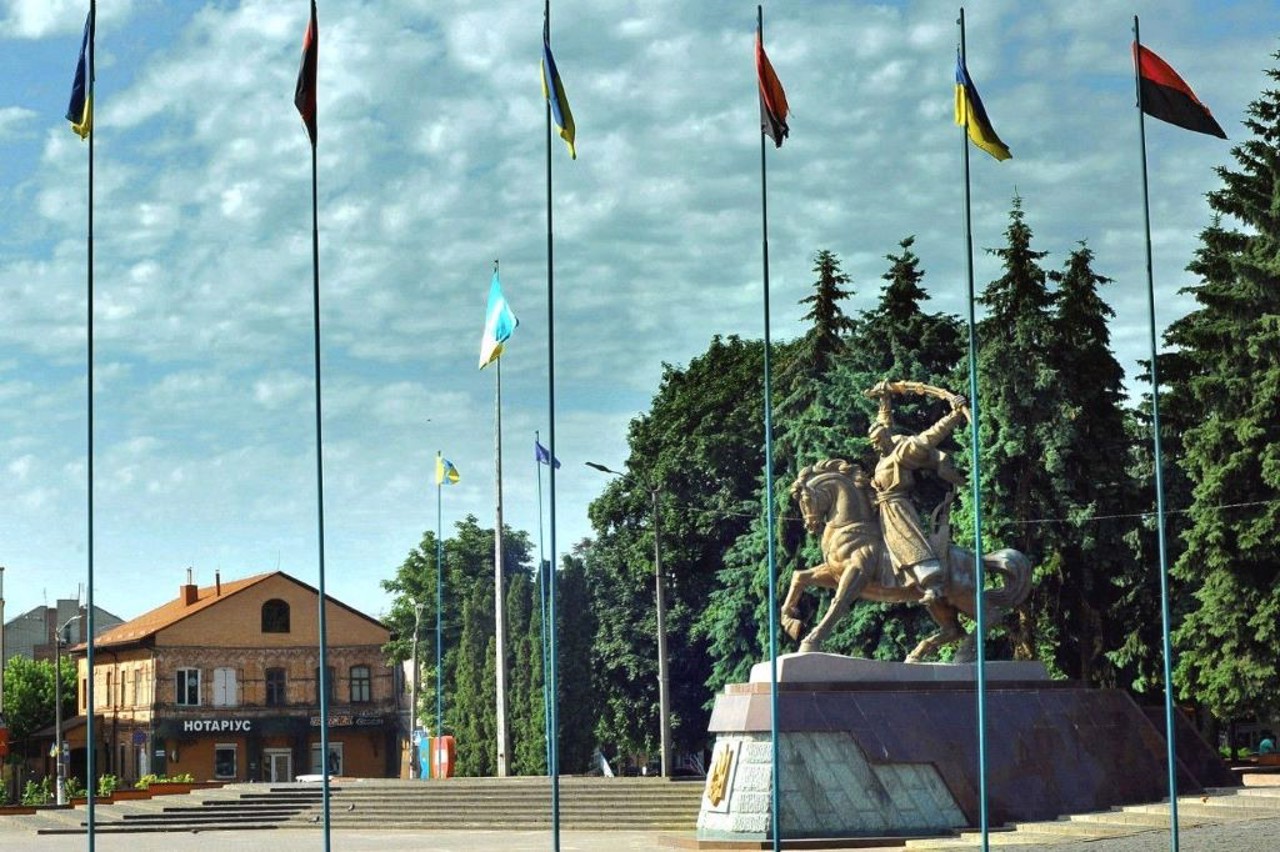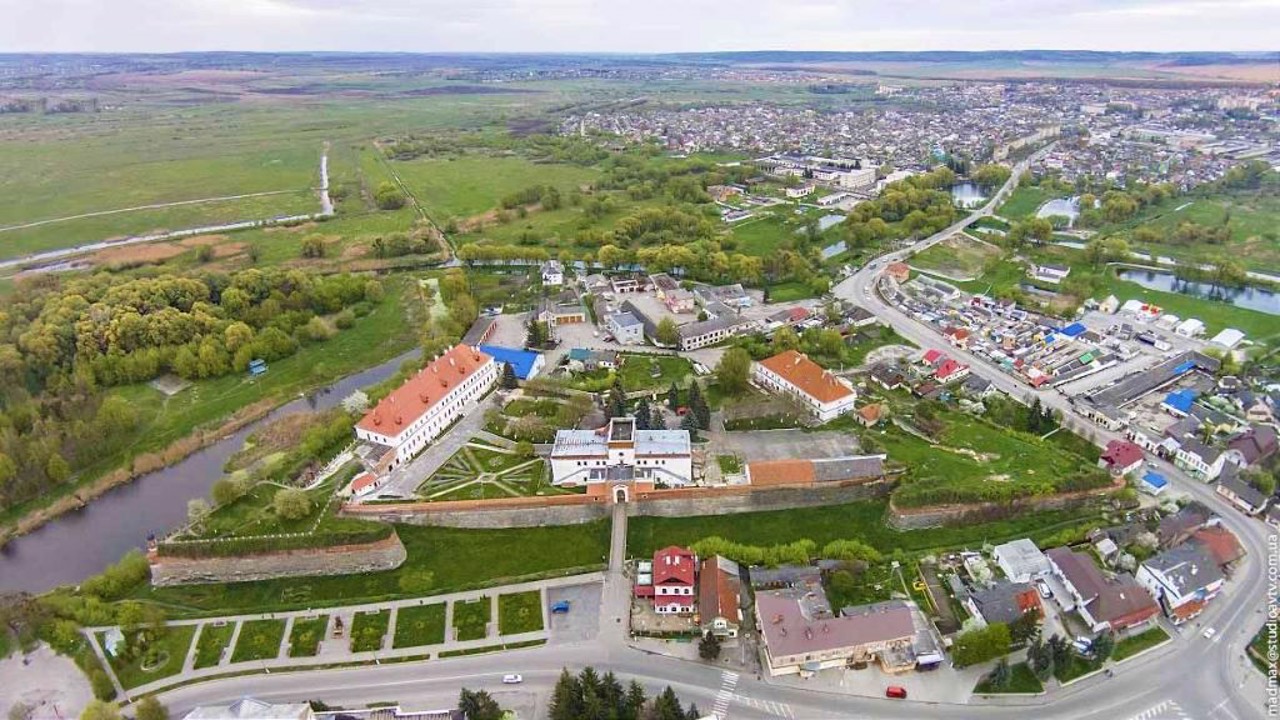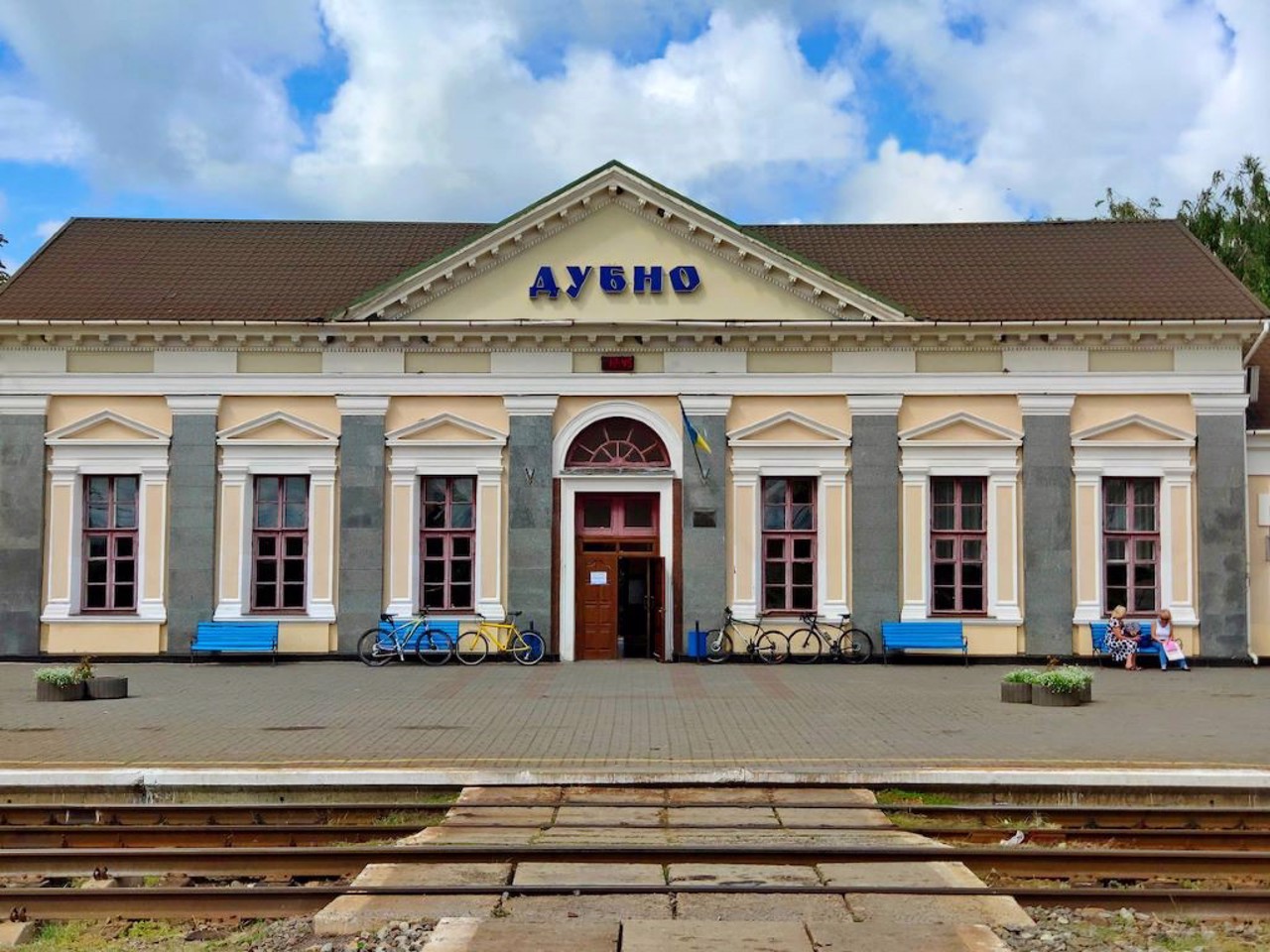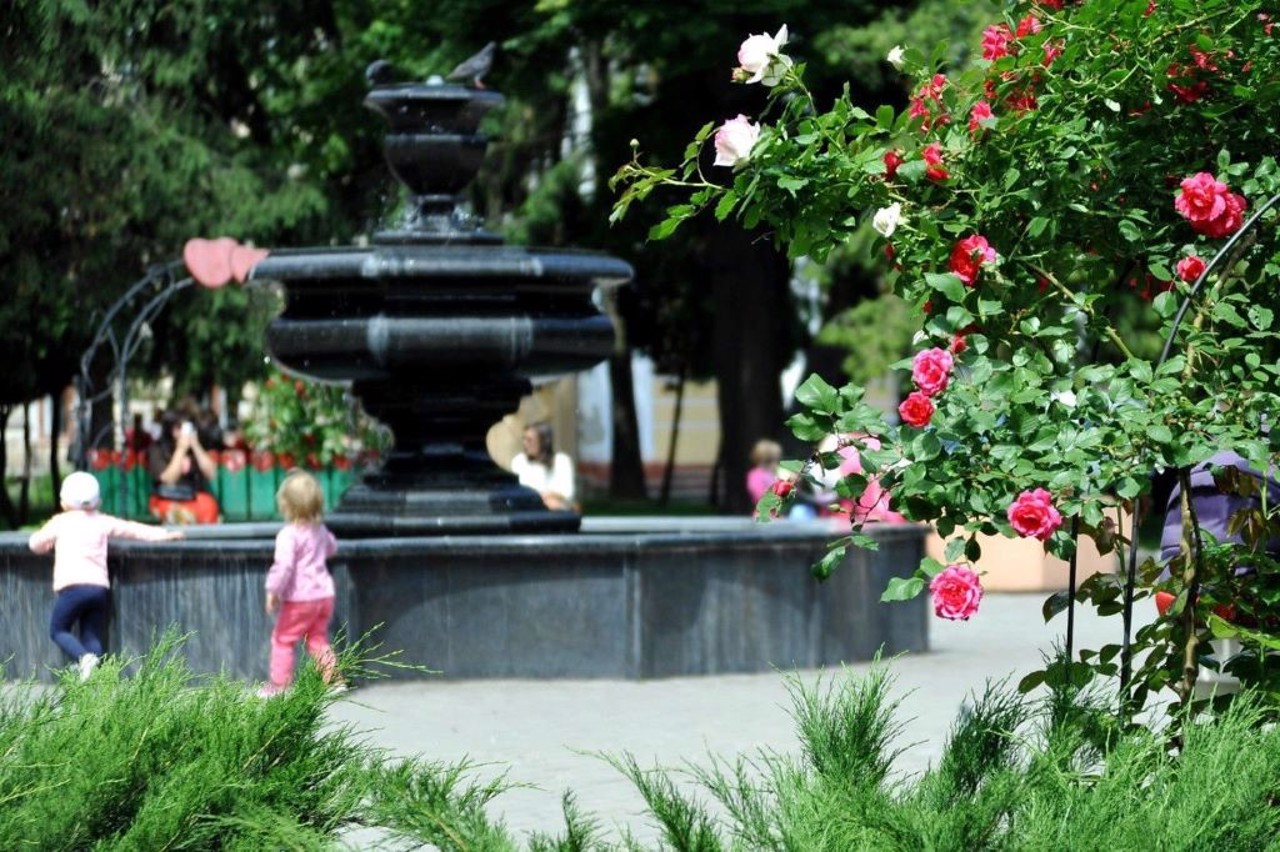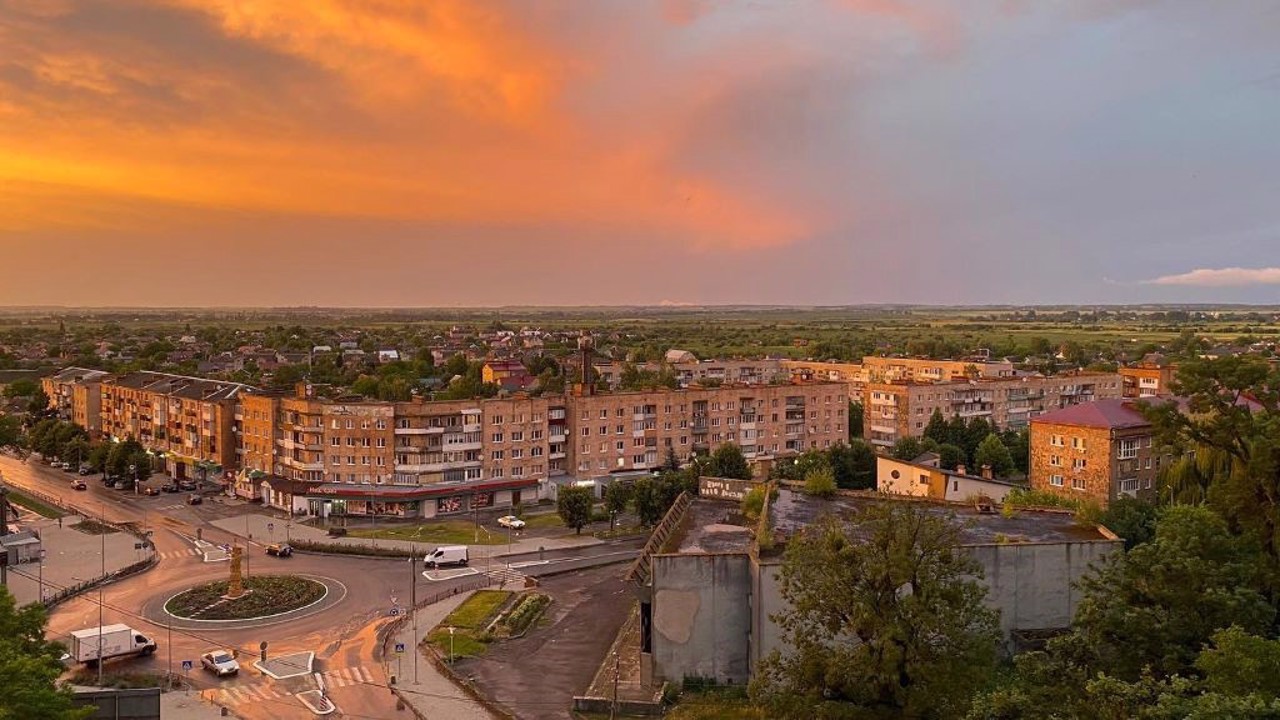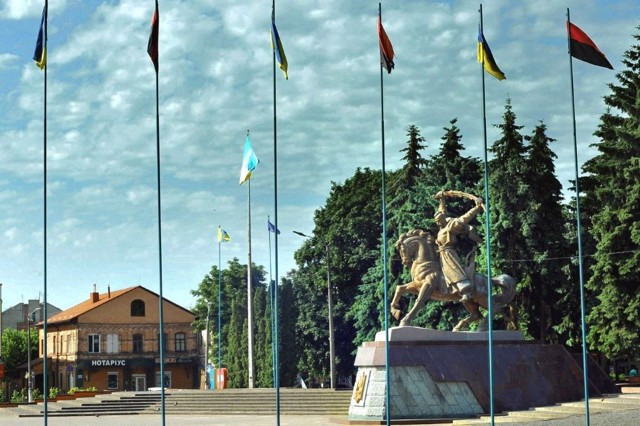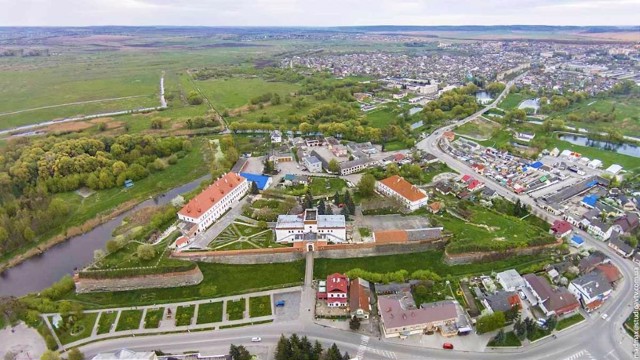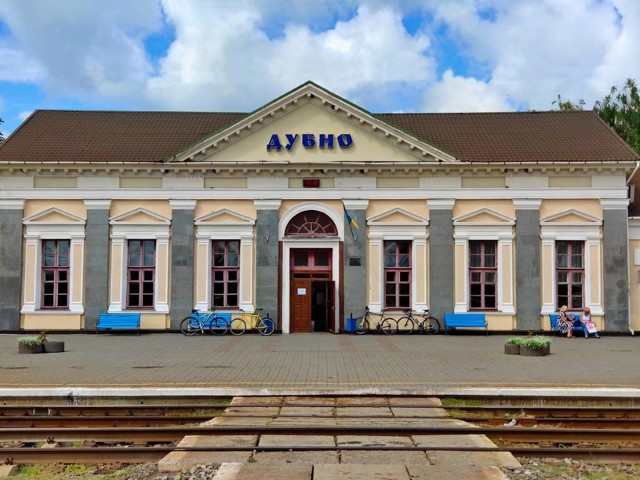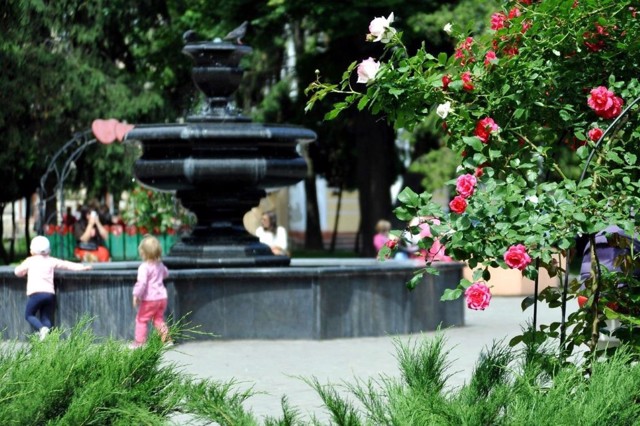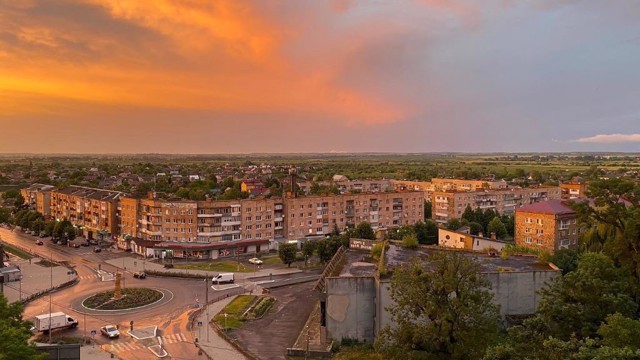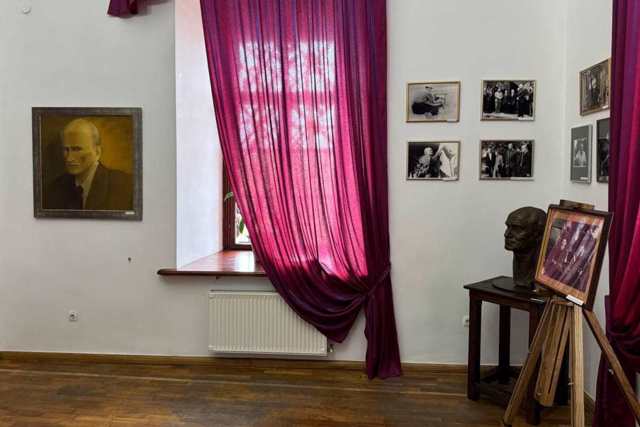Functional temporarily unavailable
General information about Dubno
Dubno is a regional center on the Rivne-Lviv highway. Located on the banks of the river Ikva.
It was first mentioned in the Ipatiev Chronicle as the city of Duben in 1100. Magdeburg Law was received in 1507 under the princes Ostrozkyi. In 1772, the Contract Fair, known as the "Dubno contracts", was transferred here for 20 years from Lviv, which contributed to economic development.
The city of Dubno is known for the impregnable castle of the 16th century, which at different times belonged to the Ostrozkyi and Lyubomyrskyi ones. Consists of two palaces, a gate building, walls with bastions, watchtowers and casemates. Partially restored, there is a museum with several expositions. This particular castle was described by Mykola Hohol in the work "Taras Bulba" ...
Dubno is a regional center on the Rivne-Lviv highway. Located on the banks of the river Ikva.
It was first mentioned in the Ipatiev Chronicle as the city of Duben in 1100. Magdeburg Law was received in 1507 under the princes Ostrozkyi. In 1772, the Contract Fair, known as the "Dubno contracts", was transferred here for 20 years from Lviv, which contributed to economic development.
The city of Dubno is known for the impregnable castle of the 16th century, which at different times belonged to the Ostrozkyi and Lyubomyrskyi ones. Consists of two palaces, a gate building, walls with bastions, watchtowers and casemates. Partially restored, there is a museum with several expositions. This particular castle was described by Mykola Hohol in the work "Taras Bulba".
Also preserved are the Lutsk Gates (16th century) in the Barbican style, the Transfiguration Church (1643), the Church of the Bernardine Monastery (17th century), the Church of Saint John of Nepomuk (1832), Church of Saint Elias (20th century) , part of the historical buildings, including the building of the Contract House (XIX century). The complex of the Carmelite Monastery (1630-1686) is now used as an oncological dispensary.
Every year in mid-July, the Taras Bulba rock festival is held on the central square of Dubno.
Near the neighboring village Tarakaniv is the Tarakaniv fort.
Місто Дубно - районний центр на трасі Рівне-Львів. Розташоване на березі річки Іква.
Вперше згадується в Іпатіївському літописі як місто Дубен в 1100 році. Магдебурзьке право отримало в 1507 році за князів Острозьких. В 1772 році сюди на 20 років був переведений зі Львова Контрактовий ярмарок, який здобув популярність як "Дубенські контракти", що посприяло економічному розвитку.
Місто Дубно відоме неприступним замком XVI століття, який належав в різний час Острозьким і Любомирським. Складається з двох палаців, надвратного корпусу, стін з бастіонами, сторожових веж і казематів. Частково відреставрований, діє музей з декількома експозиціями. Саме цей замок описаний Миколою Гоголем у творі "Тарас Бульба".
Також збереглися Луцька брама (XVI століття) в ...
Місто Дубно - районний центр на трасі Рівне-Львів. Розташоване на березі річки Іква.
Вперше згадується в Іпатіївському літописі як місто Дубен в 1100 році. Магдебурзьке право отримало в 1507 році за князів Острозьких. В 1772 році сюди на 20 років був переведений зі Львова Контрактовий ярмарок, який здобув популярність як "Дубенські контракти", що посприяло економічному розвитку.
Місто Дубно відоме неприступним замком XVI століття, який належав в різний час Острозьким і Любомирським. Складається з двох палаців, надвратного корпусу, стін з бастіонами, сторожових веж і казематів. Частково відреставрований, діє музей з декількома експозиціями. Саме цей замок описаний Миколою Гоголем у творі "Тарас Бульба".
Також збереглися Луцька брама (XVI століття) в стилі барбакана, Спасо-Преображенська церква (1643 рік), костел монастиря бернардинів (XVII століття), Костел Святого Яна Непомука (1832 рік), Іллінська церква (XX століття) , частина історичної забудови, включно з будівлею Контрактового будинку (XIX століття). Комплекс монастиря кармеліток (1630-1686 роки) зараз використовується як онкологічний диспансер.
Щорічно в середині липня на центральній площі міста Дубно проходить рок-фестиваль "Тарас Бульба".
Поруч з сусіднім селом Тараканів знаходиться Тараканівський форт.
Сплануй своє перебування у Dubno
What to see and where to go in Dubno
Tourist attractions and museums of Dubno
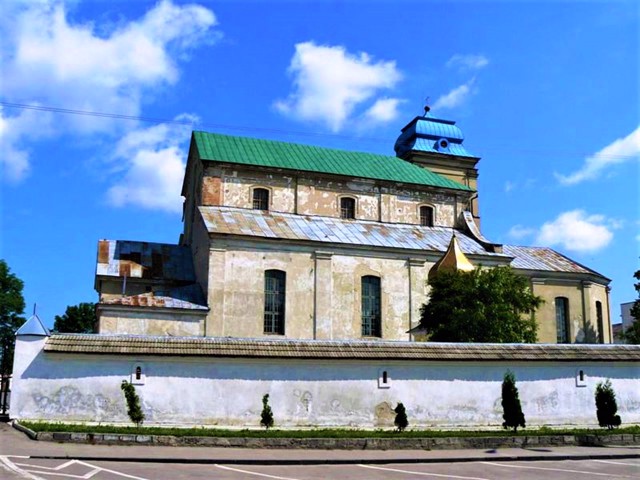
Bernardine Monastery
Temple , Architecture
The former church of the Bernardine monastery is the oldest church in the city of Dubno. The monastery was founded by Yanush Ostrozky in 1614. The temple complex in the early Baroque style was completed in 1630, already under the Zaslavsky princes.
Surrounded by defensive walls, the Bernardine monastery was part of the system of city fortifications of Dubno together with the Lutsk Gate. After the third partition of Poland in 1784, the Church of the Immaculate Conception of the Blessed Virgin Mary of the Bernardine monastery was transformed into an Orthodox church and rebuilt in a pseudo-Rus style.
In Soviet times, the building was used as a production facility. Currently, it is the Saint Nicholas Church of the Orthodox Church of Ukraine, which has been partially restored.

Carmelite Monastery
Architecture
The complex of buildings of the Carmelite monastery was built in Dubno in the early Baroque style during the time of the Zaslavsky princes.
The church and cell building are connected by side facades, an arched gallery runs along the main facade.
In 1890, the Carmelite monastery was closed by royal decree. Subsequently, it temporarily resumed activity in 1921-1936. During the Soviet rule, the monastery finally ceased to exist.
In 1946, a cancer dispensary was placed in the former monastery buildings. Currently, it is an oncology hospice under the care of the Dubno Medical College. In 2004, with the consent of the head of the oncology dispensary, rooms were allocated here for the house church and for cells for the residents of the Holy Barbary Monastery of the UOC of the Moscow Patriarchate.
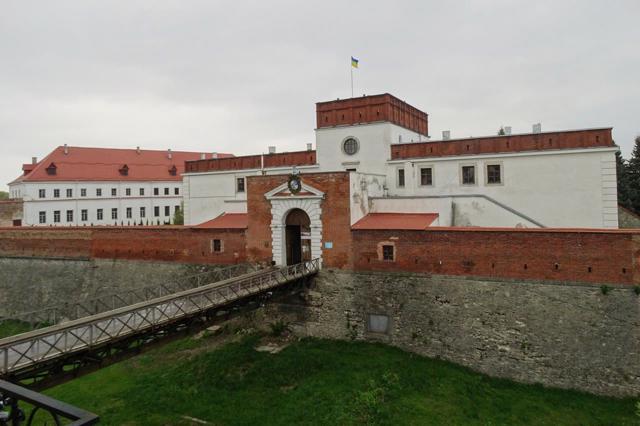
Dubno Castle
Castle / fortress , Architecture , Museum / gallery
The family castle of the princes Ostrozky was built in Dubno in the 15th century, then it belonged to several more aristocratic families: Zaslavsky, Sanhushsko, Lyubomyrsky, Baryatynsky.
For centuries, the Dubno Castle remained impregnable - the fortress walls withstood repeated sieges by the Crimean Tatars in the 16th century, the Cossack units of Maksym Kryvonos, and the Russian army in the 17th century. During various wars of the 18th and 19th centuries, hetman Ivan Mazepa, the Swedish king Karl XII, tsar Peter I, generals Suvorov and Kutuzov visited here.
The Dubno castle is surrounded by a defensive moat, over which a bridge leading to the gate and the gatehouse is overturned. On the right is the Ostrozky Palace (XVI century), and on the left - the Lyubomyrsky Palace (XVIII century), in which the stucco work of the Italian master Domeniko Merlini has been preserved. In the 17th century, the castle was fortified with two bastions with towers designed by the engineer Voban. The "Maiden's Tower" is associated with the legend of Princess Beata and her successful shot from a cannon at the tent of the Tatar Khan, who was besieging the castle.
There is a whole system of basements and underground passages. They are, in particular, described by Mykola Hohol in the novel "Taras Bulba", the main action of which unfolds around the Dubno Castle. In one of the basements, there is an exposition of the museum of torture. Theatrical tours are held.
In 2024, the museum room "Reviver of Ukrainian Castles" was opened, dedicated to the outstanding Ukrainian art critic, long-time director of the Lviv National Art Gallery Borys Voznytsky, who at one time contributed to the restoration of the Dubo Castle.
There is a souvenir shop and a cafeteria.
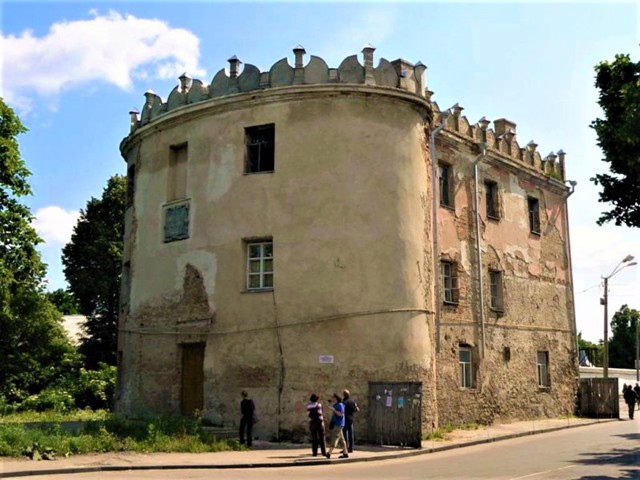
Lutsk Gate
Castle / fortress
The Lutsk Gate is a three-tiered stone building that played the role of the western entrance gate and the forward defense tower - the Barbican, in the medieval system of Dubno city fortification. It was built in 1623 by the architect Yakub Madlayn.
This type of defense structure is typical for Poland and is not found anywhere else in Ukraine. Researchers assume that the Lutsk Gate was connected to the Dubno Castle by a wide underground passage. Later, the building lost its defensive significance, the gate was bricked up, and the street was built next to it. The commemorative plaque indicates that the restoration was carried out in 1785.
According to legend, at the end of the 18th century, a masonic lodge met in the Lutsk Gate under the leadership of Grand Master Mykhaylo Lyubomyrskyi.
Now the Lutsk Gate is used as an administrative building. The monument needs restoration.
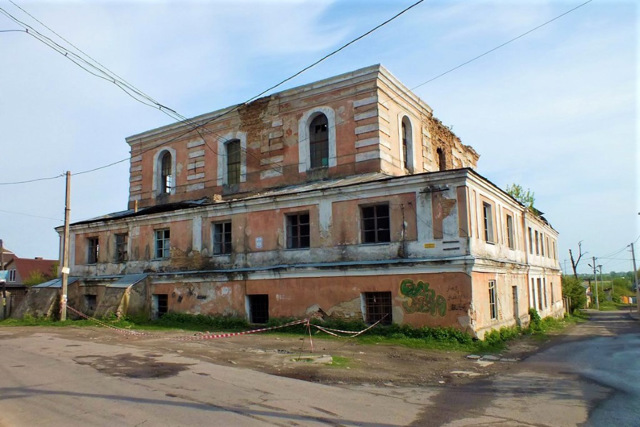
Great Synagogue
Temple , Architecture
The Dubno Great Synagogue was built in the 16th century.
It underwent reconstruction in the 18th century after destruction during the Liberation War of Bohdan Khmelnytskyi.
Until the middle of the 19th century, Dubno had the largest Jewish community in Lutsk County, which flourished thanks to the "Dubno Contracts" fairs that were regularly held in the city. There were 15 synagogues and prayer houses, as well as a Jewish printing house.
The Dubno Great Synagogue was badly damaged during the First World War, but has survived to this day.
Reviews Dubno
Geographical information about Dubno
| {{itemKey}} | {{itemValue}} |
|---|---|
| Region |
Rivne |
